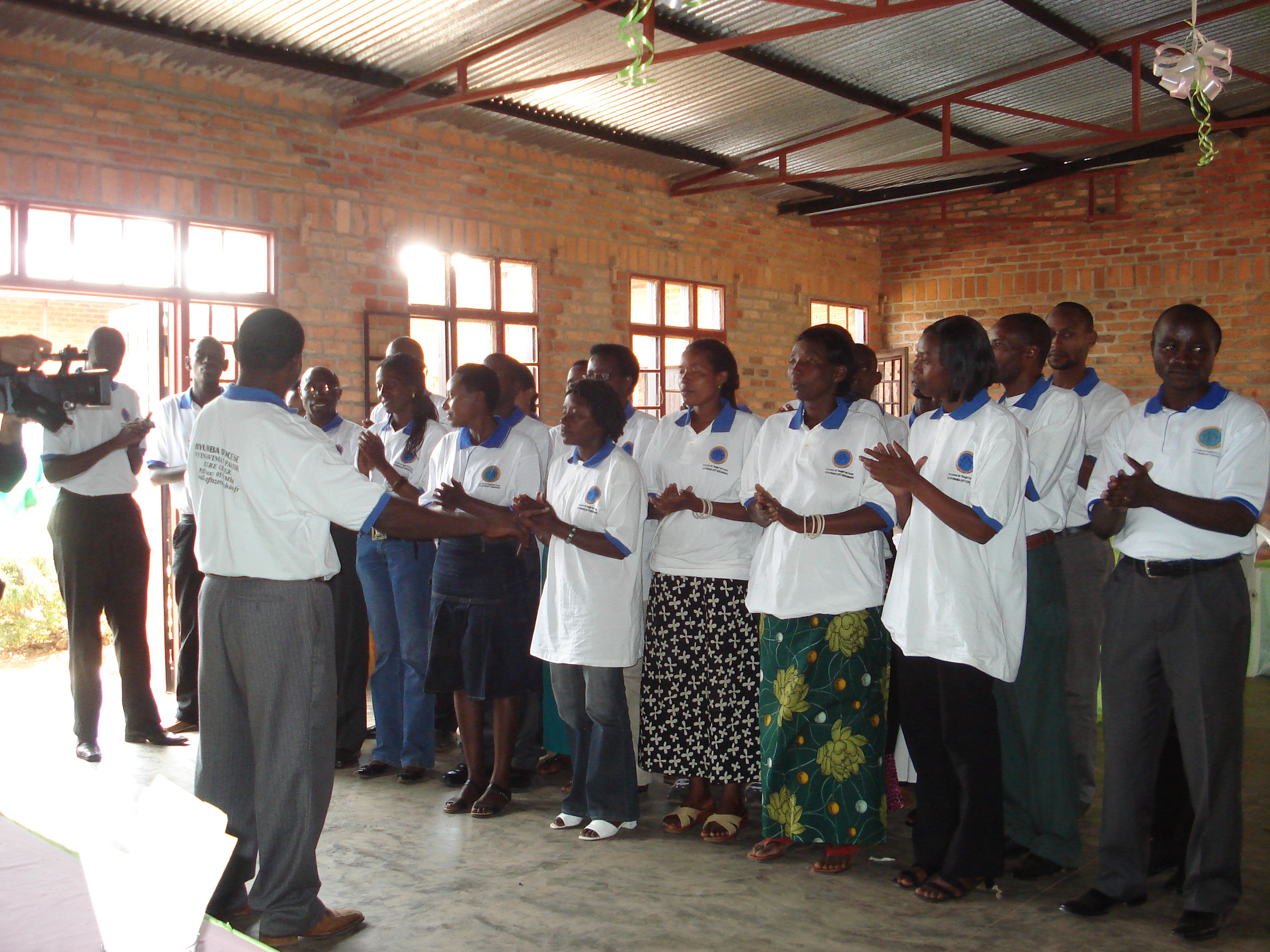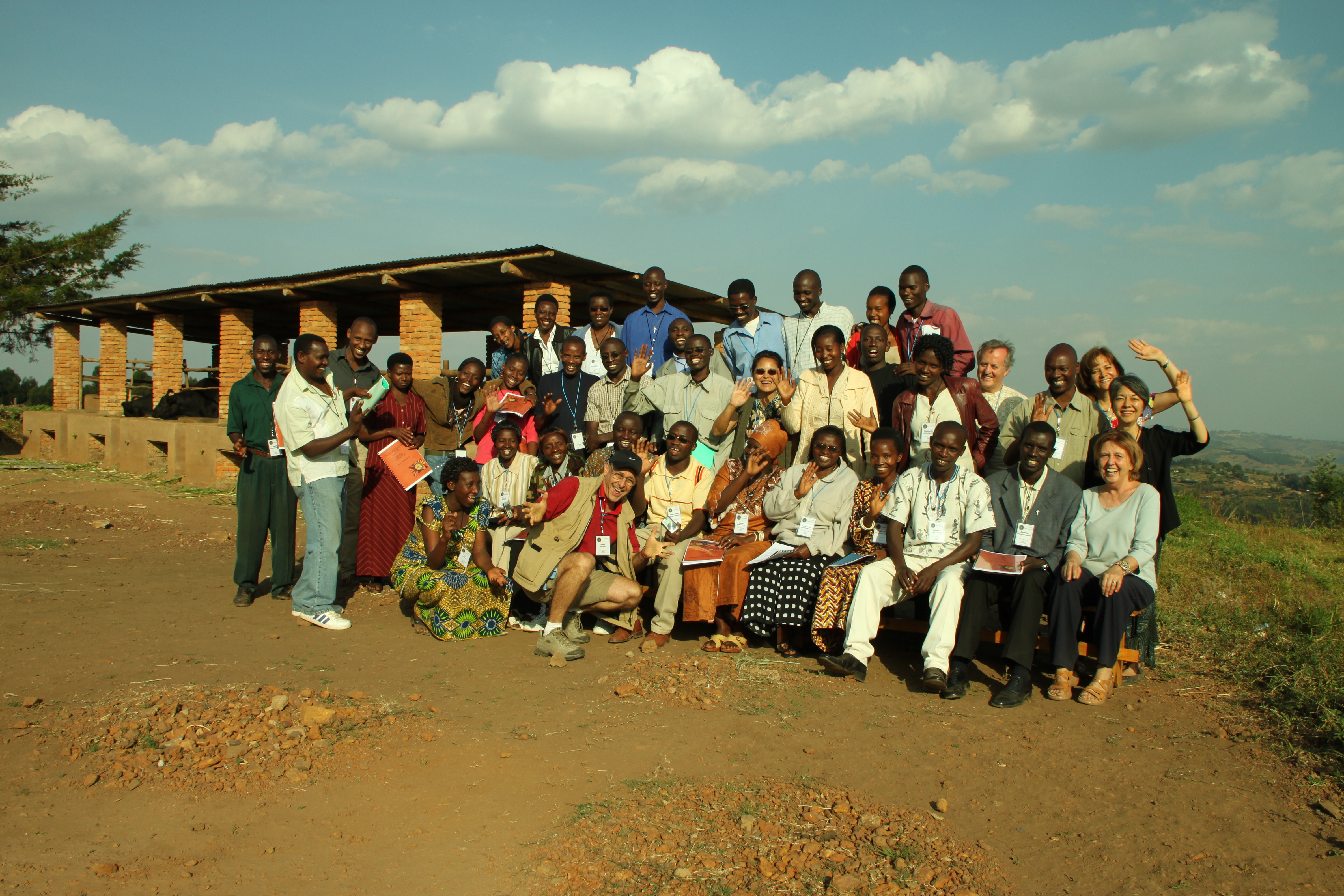 The following article is from “David Baldwin’s Trauma Information Pages” and was written by Charles R. Figley, PhD, Director of the Tulane University (formerly of Florida State University) Traumatology Institute. On behalf of the institution, he is editor in chief for Traumatology, the field’s independent, peer-reviewed, scientific/medical journal.
The following article is from “David Baldwin’s Trauma Information Pages” and was written by Charles R. Figley, PhD, Director of the Tulane University (formerly of Florida State University) Traumatology Institute. On behalf of the institution, he is editor in chief for Traumatology, the field’s independent, peer-reviewed, scientific/medical journal.Charles R. Figley, PhD
Florida State University
Tallahassee, FL 32306-4097
June 27, 1995
Dear Colleagues,
As some of you may recall, I sent out early last year, via Internet and other media, nominations from clinicians about approaches that appeared to offer a “cure” for PTSD. I had become frustrated that, although we knew a great deal about the etiology, incidence and prevalence of PTSD, there was no known cure. My intention was to find a cure. and if one could not be found, build upon those offering the best hope for providing one.
Thanks to the help of colleagues all over the world, we were able to find four approaches that appeared to hold great promise for reaching our goal. We were so impressed with them that we invited the innovators of these approaches to our clinical laboratory for a week to participate in our systematic clinical demonstration study. The primary purpose of their visit was to treat our clients, while meeting with our Tallahassee clinical practitioner colleagues prior to and following their work here. The Four approaches we studied were: Traumatic Incident Reduction, Visual Kinesthetic Dissociation, Eye Movement Desensitization and Reprocessing, and Thought Field Therapy (TFT).
Here I would like to tell you about one of the four approaches. I do this not because we are suggesting that it is better than any other approach. All four of the approaches we investigated generated impressive results. But TFT stood out from all other approaches of which I am aware because of five reasons:
- It is extraordinarily powerful, in that clients receive nearly immediate relief from their suffering and the treatment appears to be permanent.
- It can be taught to nearly anyone so that clients can not only treat themselves, but treat others affected.
- It appears to do no harm.
- It does not require the client to talk about their troubles, something that often causes more emotional pain and discourages many for seeking treatment.
- It is extremely efficient (fast and long-lasting).
In this brief space I would like to describe how it works in sufficient detail to permit you to try it yourself. By doing so, my hope is that the necessary work of clinical research will begin in as many laboratories as possible. It is only after the difficult work of science in testing the utility of the approach and an explanation for its effectiveness will it be sanctioned by our fields and utilized extensively. And, then, will we have a chance of realizing the full potential of this important discovery.
Dr. Figley then describes how to use the basic TFT trauma algorithm and invites colleagues to join him as “collaborative investigators” into the effects of TFT.





